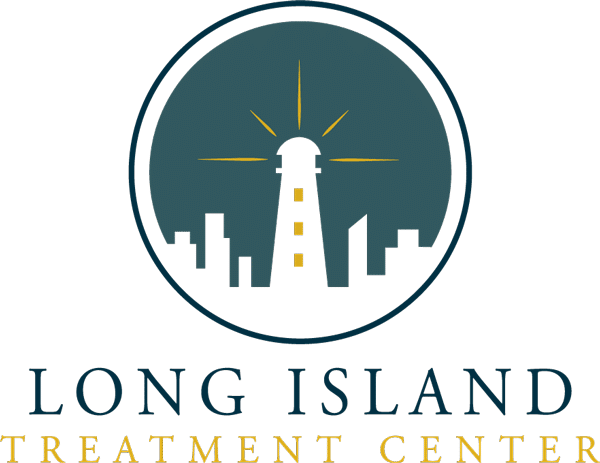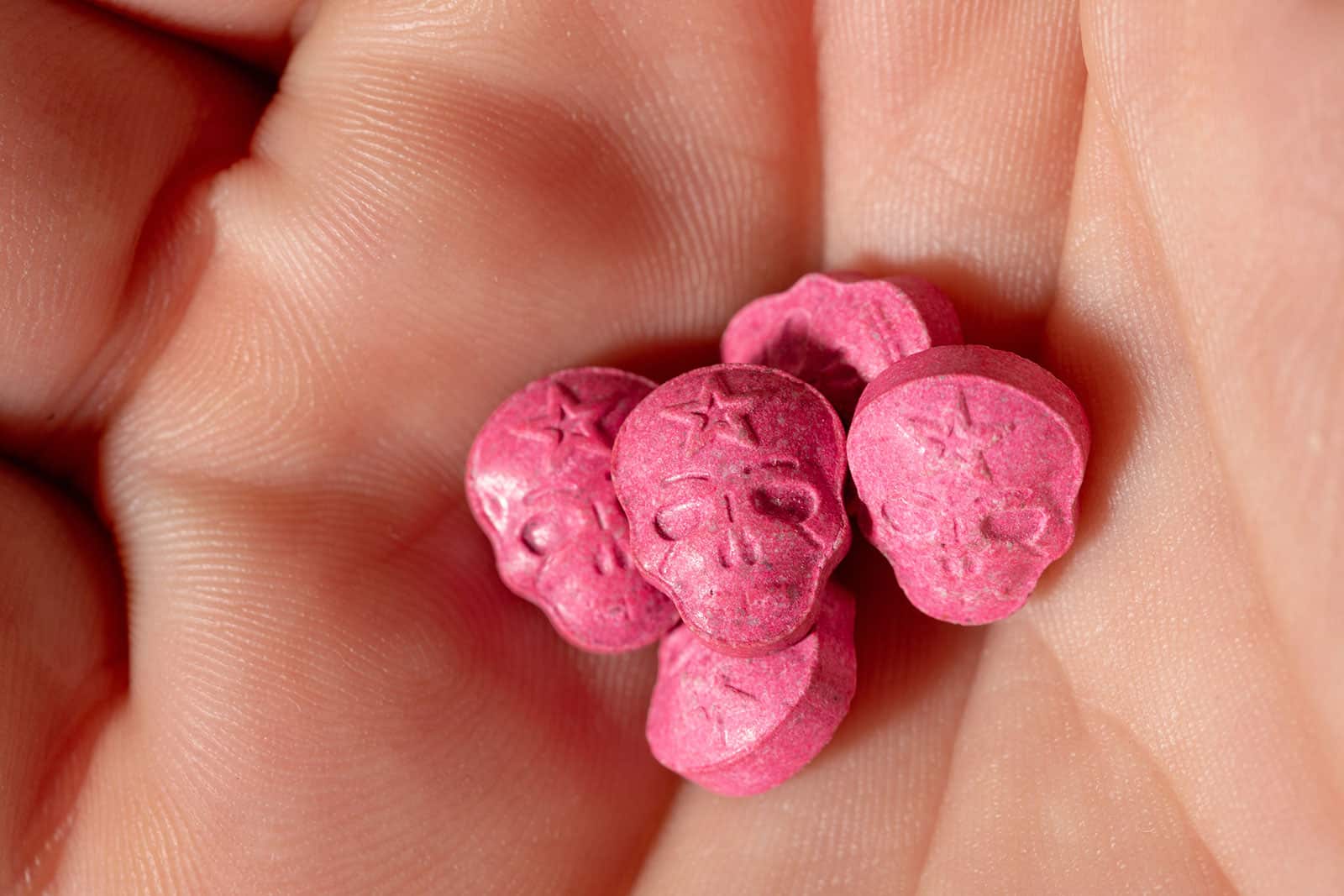Molly microdosing is a seemingly safe yet dangerous practice. The point of microdosing instead of regular dosing is getting the potential benefits and avoiding the adverse effects.
However, there’s no such thing as the “perfect” use of MDMA, and addiction ends up happening more often than not.
This guide serves as a reminder that it’s best not to get too close to addictive substances, even if they can provide positive effects at low doses. Plus, we’ll also show you exactly how you or someone you care for can handle MDMA or any other type of addiction.
Table of Contents
Molly Microdose: The Basics
To understand “micro Molly,” we should first understand its two constituent components: “Molly” and “micro.”
“Molly” (MDMA)
“Molly” is a common street name for MDMA (3,4-methylenedioxymethamphetamine). It’s a synthetic psychoactive compound classified as an empathogen-entactogen, possessing stimulant and mild psychedelic characteristics.
The drug primarily functions by increasing the release and inhibiting the reuptake of key neurotransmitters in the brain: serotonin, dopamine, and norepinephrine. This leads to its characteristic effects, which include feelings of euphoria, emotional warmth, empathy, and heightened sensory awareness.
MDMA was first synthesized in 1912, and the initial medical exploration was limited. During the 1970s, it saw some limited use in certain psychotherapy settings due to its capacity to facilitate open communication and emotional processing.
However, it subsequently gained widespread recognition as a recreational use drug, particularly within social and dance environments. In other words, it started to get abused.
In most jurisdictions globally, MDMA is categorized as a Schedule I controlled substance. This classification means that it has a high potential for abuse.
Microdosing Molly
“Microdosing” is the practice of consuming a minimal, sub-perceptual dose of a psychoactive substance.
In our case, microdosing MDMA means consuming a low dose below the threshold at which one would experience the substance’s typical intoxicating, hallucinogenic, or overwhelming effects.
The goal is not to induce a “high” or altered state of consciousness but rather to achieve subtle, often unnoticeable, shifts in perception, mood, or cognitive function.
How does that apply to MDMA?
A conventional recreational dose of MDMA typically ranges from approximately 80 to 150 milligrams (mg) or more. In contrast, a “microdose” of MDMA is generally considered to be between 5 to 20 mg.
Microdosing, in this case, can be divided into two scenarios:
MDMA-assisted psychotherapy
MDMA-assisted psychotherapy is a structured treatment protocol where MDMA is administered in controlled, full, or micro doses within a clinical setting to enhance traditional talk therapy, primarily for severe PTSD and mental health treatment in general.
The MDMA helps patients reduce fear and defensiveness, allowing them to process traumatic memories more effectively with trained therapists.
Individual Usage of MDMA
The objective of individuals engaging in “micro Molly” is to selectively experience the more subtle, reportedly beneficial aspects of MDMA, hopefully without getting addicted to it.
Interestingly, not everyone who engages in Molly microdosing is actually looking to get high. Some individuals may attempt to self-administer microdoses to alleviate symptoms of mild depression, anxiety, post-traumatic stress disorder, or social discomfort, seeking a gentle emotional uplift or a sense of inner calm.
Unfortunately, more often than not, both parties have a considerable risk of getting addicted.
How Does Molly Microdosing Cause Addiction?
If you’re being careful with your dose and not intentionally causing a high, shouldn’t it be a lot safer to avoid dependence or addiction? After all, you’re not allowing yourself to experience the full severity of the drug’s side effects, so how does addiction come into the formula here?
Here are the effects of microdosing MDMA:
Neurochemical Basis
MDMA, even in small doses, boosts brain chemicals like serotonin and dopamine, which are linked to mood and reward. The subtle positive feelings from microdosing reinforce use through the brain’s reward system, even without a strong “high.”
Tolerance Development
Regular use, even in tiny amounts, leads to tolerance as the brain receptors adapt. Users may then need to increase their dose to feel the desired effects, raising the risk of dependence.
Psychological Dependence
Microdosing can create psychological dependence. Individuals might start relying on it to manage mood, stress, or social interactions, feeling unable to function normally without it. This can lead to compulsive use.
Serotonin Depletion
Frequent MDMA use, even in small doses, can deplete serotonin levels, causing “comedowns” with depression, anxiety, or fatigue. Users may then go for higher doses to ease these negative feelings, perpetuating the cycle of dependence.
In these cases, users don’t use Molly to feel better; they just use it to feel normal again, which is a telltale sign of dependence. High doses become inevitable here, along with all their potential risks.
Unregulated Substances
Illicit MDMA is often impure, inconsistently dosed, or mixed with other drugs. This makes accurate microdosing impossible and increases the risk of unexpected effects, rapid tolerance, and addiction.
Escalation Risk
Microdosing can be a stepping stone to higher, recreational doses (“macrodosing”). This significantly increases the risk of severe side effects and deeper addiction.
So, at the end of the line, even with microdosing, addiction is just a matter of time.
How to Treat Molly Microdosing Addiction?
At Long Island Treatment Center, we know that the decision to seek help for Molly microdosing addiction is both courageous and life-changing.
Our mission is to provide a personalized, compassionate, and evidence-based pathway to lifelong sobriety for every individual who walks through our doors.
A Welcoming, Accredited Facility in the Heart of Long Island
Located conveniently to serve both Nassau and Suffolk counties as well as the greater New York City metro area, our OASAS-certified Part 822 facility is designed to be a safe, supportive environment.
From your very first call, our admissions team is available to listen, answer your questions, and help you take the first step toward recovery from substance abuse. We believe that reaching out for help is a sign of strength, and we are ready to stand beside you and your family every step of the way.
Comprehensive Assessment and Individualized Care
No two journeys to addiction are the same, and neither are our treatment plans. Your recovery begins with a thorough assessment by our experienced clinical team.
We look at all aspects of your health and history, including the underlying causes and triggers of MDMA , any co-occurring mental health issues, and your personal goals for recovery and well-being. This allows us to build customized treatment options that address your unique needs.
Flexible Outpatient Programs to Fit Your Life
We understand that life doesn’t pause for recovery. That’s why we offer multiple levels of outpatient care, allowing you to receive intensive treatment while still maintaining your responsibilities at work, school, or home.
Our programs are designed to meet you where you are, providing the structure and support you need without requiring an extended stay away from your daily life during the addiction treatment.
Evidence-Based Therapies and Holistic Support
Our treatment approach combines proven clinical therapies with holistic support to address the whole person, not just the addiction.
You’ll work one-on-one with licensed therapists who are trained in modalities such as Cognitive Behavioral Therapy (CBT) and Dialectical Behavior Therapy (DBT). These are especially effective for addressing the thought patterns, long-term effects, and emotional triggers that often fuel MDMA use.
Group therapy is another cornerstone of our program, providing a space to connect with peers who truly understand what you’re going through. These sessions provide a sense of community, accountability, and hope, helping you realize that you are not alone on this journey.
Our healthcare providers also offer family counseling and education, because we know that addiction affects loved ones as well. Our goal is to help families heal together, rebuild trust, and develop healthy communication strategies for the future.
Lifelong Tools for Recovery
At Long Island Treatment Center, we don’t just help you stop using molly, we equip you with the tools, knowledge, and resources you need to avoid substance use for life.
Our programs focus on relapse prevention, stress management, and building healthy routines that support your recovery long after you leave our care. We also connect you with community resources and ongoing support networks, so you always have a place to turn.
A Team That Truly Cares
What sets us apart is our commitment to treating every client with dignity, respect, and empathy. We know firsthand how hard this journey can be and how rewarding it is to reclaim your life from the adverse effects of MDMA. We are here to guide, support, and cheer you on every step of the way.
Take the First Step Today
If you or a loved one is struggling with Molly microdosing addiction and its associated mental health conditions, know that help is available right here on Long Island.
Our admissions team is ready to answer your call, discuss your options, and help you start your journey to a healthier, substance-free life. Recovery from drug abuse is possible, and it begins with a single step. Reach out to Long Island Treatment Center today.


